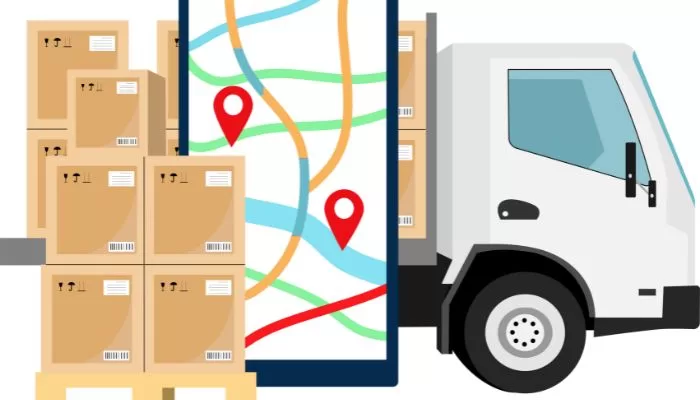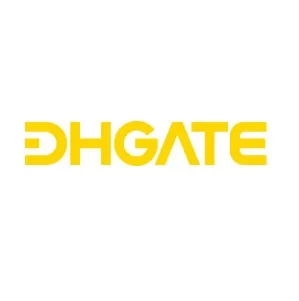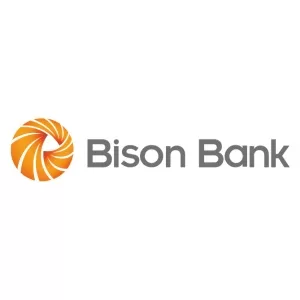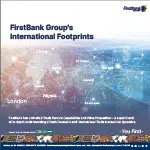Technology
Navigating the Asset Tracking Landscape: A Comprehensive Guide

In today’s fast-paced and ever-changing business landscape, effective asset tracking has become essential for organizations of all sizes. Whether it involves keeping an eye on inventory, managing equipment, or monitoring shipments, having an asset tracking system in place can save time, money, and unnecessary stress. However, with a plethora of options available in the market, finding the right solution can feel overwhelming. In this post, we aim to provide you with insights to help you navigate the world of asset tracking and make decisions.
Understanding Your Requirements
Before delving into this asset tracking guide for solutions, it’s crucial to gain a clear understanding of your organization’s specific needs. Consider factors such as the types of assets you wish to track (e.g., vehicles or equipment), your desired level of accuracy (real-time updates or periodic checks), scalability requirements, and budget limitations. By analyzing these requirements, you can narrow down your options and find a solution that aligns with your organization’s needs.
Exploring Different Asset Tracking Technologies
Barcode Based Systems
A widely chosen option is asset tracking systems that utilize barcodes.
Asset tracking systems involve the use of barcodes or QR codes attached to each asset. These codes can be scanned using barcode scanners or mobile devices to record movements and maintenance activities. Barcode technology is affordable and easy to implement. It may not provide real-time data unless there is infrastructure, like Wi-Fi connectivity.
RFID Technology
Another option is RFID (Radio Frequency Identification) technology, which has gained popularity for its ability to track assets in time without requiring a line of sight. By affixing RFID tags on assets and strategically placing RFID readers throughout your premises, you can easily monitor movement and gather data instantly. However, implementing an RFID system can be more complex compared to barcode-based solutions.
GPS Trackers
For organizations that require real-time location monitoring of their assets, such as fleet vehicles or shipping containers, GPS-based trackers offer elevated tracking capabilities. These trackers utilize satellite positioning systems like GPS or GLONASS to transmit location information to a dashboard. While GPS tracking provides real-time data, it may come with subscription fees and is dependent on cellular network coverage.
Integration and Scalability
When considering asset tracking solutions for your organization, it’s important to think about integration and scalability. As your organization grows, your asset tracking needs will also increase. Therefore, it is crucial to select a solution that seamlessly integrates with business tools such as inventory management software or enterprise resource planning (ERP) systems.
This integration will allow you to consolidate data for decision-making and streamline your operations. Additionally, choose an asset tracking system that can handle increased volumes of assets without compromising performance.
Evaluating User-friendliness and Support
When choosing an asset tracking solution, ease of use is of utmost importance. A system that is intuitive will encourage employees to adopt it and reduce training time. Look for features like dashboards, mobile apps for access on the go, and automated reporting capabilities. It is also important to consider the level of support provided by the vendor. From assistance during implementation to support, ensuring prompt help in case any issues arise.
Ensuring Data Privacy
With the rise in data breaches, safeguarding the privacy and security of your asset information should be a concern when selecting an asset tracking solution. Opt for solutions that offer data encryption during transmission and storage, role-based access control mechanisms, regular security audits, and compliance with industry regulations, such as GDPR (General Data Protection Regulation).
End Note
Effectively navigating the asset tracking landscape involves considering your organization’s needs. You need to understand the various technology options available, such as barcode-based systems, RFID technology, and GPS trackers. It’s important to evaluate their integration capabilities and user-friendliness while prioritizing data privacy.
Additionally, seeking solutions with support is crucial for implementing an asset tracking system that optimizes operations and minimizes costs and risks. Keep in mind that successful asset tracking not only saves time and money but also provides insights that drive strategic decision-making for your business.



















































